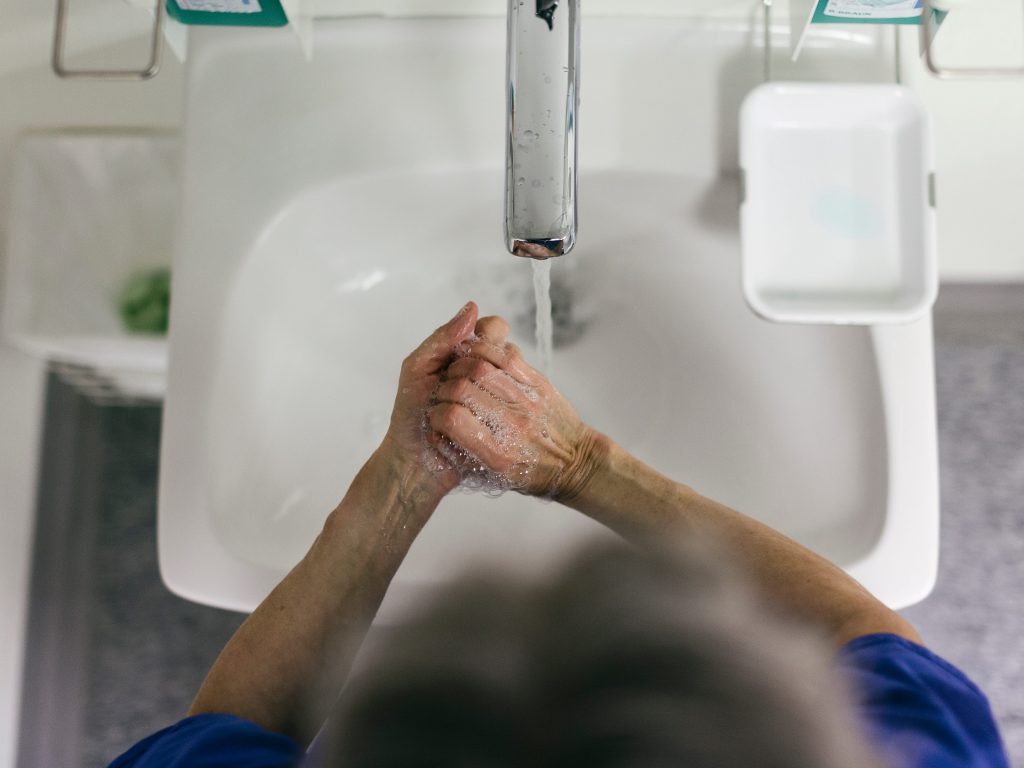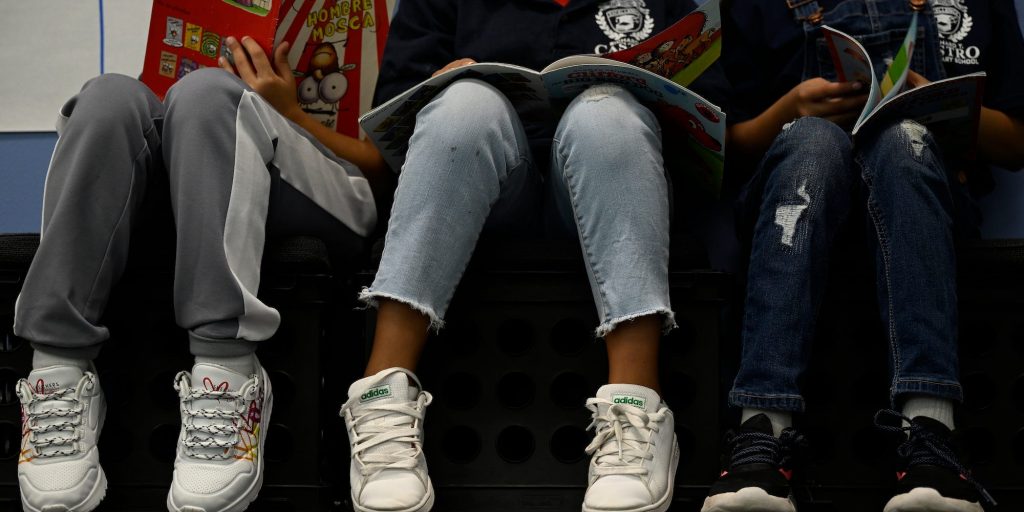- Monkeypox cases have surpassed 15,000 in the US, with only around 20 reported in kids.
- While the risk of exposure in schools is low, experts offered advice on mitigating the risk of infection.
- Here are the top 3 tips public health experts advise as kids head back to school.
Monkeypox has become endemic in the US with over 15,000 cases reported so far with about 20 involving children.
Public health experts however told Insider that while risk of infection is low, parents, students, and school officials should take precautions to mitigate the risks of transmission as students get ready to head back to school.
"The risk overall is very low, but it's not zero," Dr. Syra Madad, the senior director of the system-wide Special Pathogens Program at NYC Health + Hospitals told Insider. "So with anything, the risk is not zero. And, when we're in an epidemic situation, like monkeypox, you want to be prepared. You want to have a game plan. You want to make sure you have a plan in place in these school settings and people know what to do if there are exposures."
Madad explained that so far, monkeypox cases in kids have been "secondary infections, meaning that they were exposed to somebody that has monkeypox and because of that exposure, they have also been infected."
While monkeypox is most prevalent in men who have sex with men and experts have said it can spread to anyone in close contact with an infected person, Lori Tremmel Freeman, the CEO of The National Association of County and City Health Officials, told Insider that monkeypox could spread to the general population.
"Once it kind of jumps over to the general population, then we have to worry about communicating messaging to broader audiences and especially in special settings, like schools and congregate settings, prisons, homeless communities and things like that," Freeman said.
Here are the top 3 suggestions the experts have to prepare for back to school.
Practice basic hygiene

"We're going to have to really kind of go back to some basics in hygiene," Freeman said.
She explained that the primary transmission of monkeypox has been through close sexual contact. According to the WHO, human-to-human monkeypox transmission can occur through prolonged face-to-face, skin-to-skin, mouth-to-mouth or mouth-to-skin contact. The virus can also spread via large, exhaled droplets — like the spray of a cough or sneeze — affecting those in close contact of infected people.
"Even by touching the same things or wearing the same thing," Freeman said there's concern of mitigation. "In the population of the kids, they're touching things, touching each other all day long, wearing each other's hats. So, there's a huge, concern about mitigation here and making sure we get messaging right on how to keep yourself safe and how to keep kids safe," Freeman said.
Madad, an infectious disease specialist said she is mostly concerned with skin-to-skin contact sports, such as wrestling, or those who work in settings where they have to wash laundry because they are at a higher risk of coming into contact with something that may be contaminated.
She also advised that kids who are sick stay home, emphasizing that it's not just monkeypox, but COVID-19 as well as other respiratory illnesses such as colds and cases of the flu are still circulating.
Madad also said school nurses or those who are evaluating children who may be sick should have personal protective equipment.
Parents should pay attention to new rashes on kids
Monkeypox causes flu-like symptoms including fever and aches as well as a redrash that turns into pus-filled boils.
That's why Madad said it's important that if parents notice a new and unusual rash on their kids, they take them to the doctor to have it checked out.
"If you start to see, for example, a sore, a blister, or a rash or a lesion that is atypical – out of the ordinary, especially if you are in an area of high levels of community transmission, then you want to certainly talk to your healthcare provider and get that rash checked out," Madad said.
She added: "While, obviously, anybody can get monkeypox, anyone can spread monkeypox– not everybody is equally at risk, but at the same time, we want to be cognizant, especially if you're in an area of high levels of community transmission of monkeypox."
However, while parents should be more cognizant of rashes, she advised that teachers and other school personnel be respectful if they notice rashes or skin conditions on students.
"I think there's a certain etiquette in that regard as well. And so if there is a concern, certainly, speaking to the parents and caregiver, but I would say there are certain strategies that we need to apply well in every epidemic, in every pandemic. And some of these obviously include common courtesy – being kind, being compassionate, showing professionalism and manners," Madad said.
'Show consideration and compassion'
It's not just teachers that should be mindful of being respectful of students and other around them.
Both Madad and Freeman say they're worried about bullying by kids in schools. They warned against blaming people, or sub-groups of people for the spread of the virus, or singling out and making fun of people who may have certain skin conditions.
"People really need to be mindful. We've lived through one of the worst pandemics in history. We're still going through that pandemic and there's so many lessons learned, but one of the core lessons learned in this pandemic is to show consideration and compassion," Madad said.
"Don't just start blaming people and pointing fingers. Infectious diseases – unfortunately, people are going to do their best not to get infected, but infectious diseases are going to, unfortunately, infect people."
She continued, "We want to take all the precautions we can but we shouldn't be blaming people in that sense and stigmatizing them. That's just letting the virus win."

